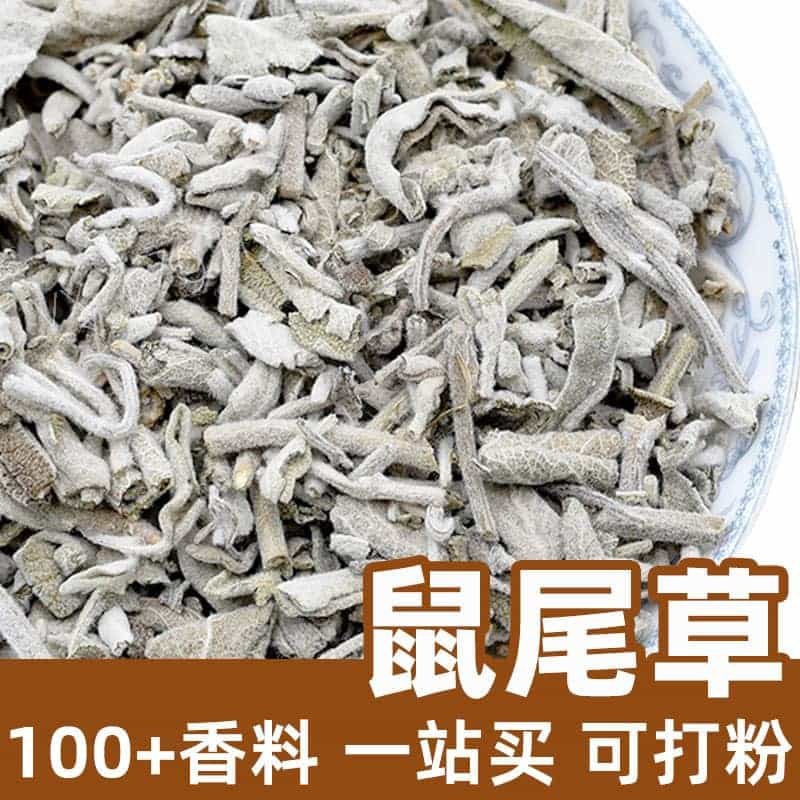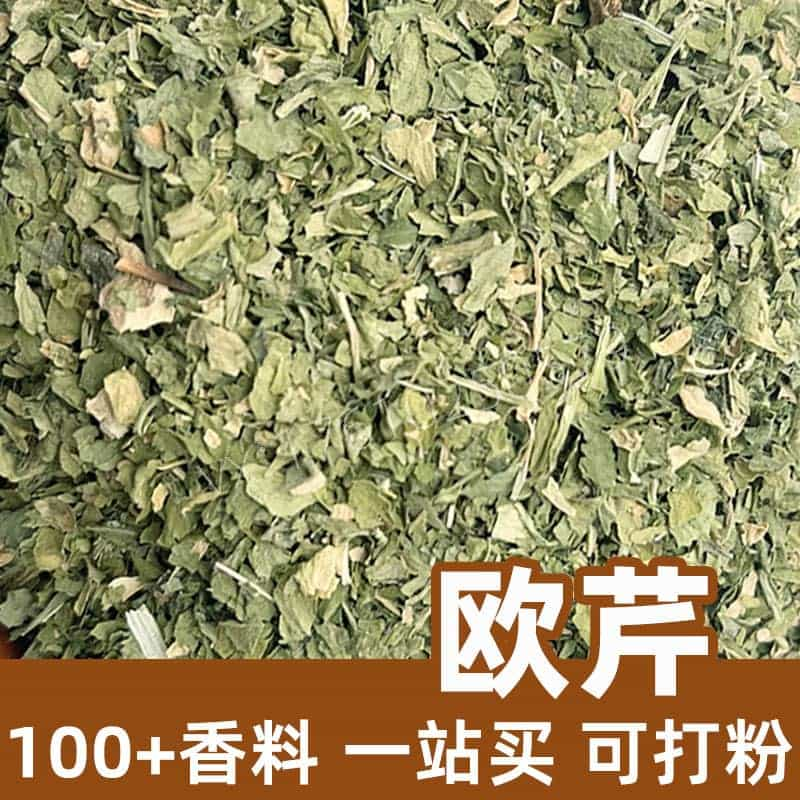Turmeric Slices Product Introduction
Turmeric slices are a common Chinese medicinal material, with main components including curcumin, turmerone, and other active ingredients. It comes from the rhizome part of the turmeric plant of the ginger family and is made by processing and slicing. Turmeric slices have a wide range of uses in traditional Chinese medicine, often used in the preparation of traditional Chinese medicine prescriptions or drugs to promote blood circulation, reduce swelling and pain, strengthen the spleen and stimulate appetite. At the same time, turmeric slices are also commonly used as cooking seasonings, adding a distinct yellow color to dishes and adding a special fragrance.
Main Active Ingredients of Turmeric Slices
The main active ingredients of turmeric slices are curcumin and turmerone. Curcumin is one of the main active components of turmeric slices, with multiple biological activities such as antioxidant, anti-inflammatory, and anti-tumor effects. Turmerone is another important component in turmeric slices, with anti-inflammatory, antioxidant, antibacterial, and anti-tumor pharmacological effects.
Chemically, turmeric slices contain rich curcumin, which is a yellow polyphenolic compound and one of the main components that make turmeric slices appear distinctly yellow. In addition, turmeric slices also contain turmerone, turmerone dione, and other flavonoid compounds, as well as volatile oil, starch, protein, cellulose, and other components.
These active ingredients give turmeric slices a variety of pharmacological effects. Curcumin has anti-inflammatory, antioxidant, anti-tumor, and anti-aging effects and is widely used in the prevention and treatment of inflammation, tumors, cardiovascular diseases, etc. Turmerone has antibacterial, anti-inflammatory, and antioxidant effects and can be used to regulate the digestive system, relieve rheumatic pain, and improve blood circulation.
In addition, turmeric slices also contain rich volatile oil, whose aromatic components give it a unique smell, often used in cooking and seasoning. Turmeric slices also contain a certain amount of starch and cellulose, which help regulate gastrointestinal function and promote digestion and absorption.
In summary, the active components of turmeric slices have multiple pharmacological effects, including anti-inflammatory, antioxidant, antibacterial, and anti-tumor effects, making them important in both traditional Chinese medicine and the culinary field.
Application Scenarios and Dosage of Turmeric Slices
Turmeric slices have a wide range of applications in traditional Chinese medicine and the food field. The following focuses on their usage and dosage in these two fields.
- Traditional Chinese Medicine Applications:
Turmeric slices are used as an important herb in traditional Chinese medicine, commonly used to regulate the digestive system, improve digestion, and dispel cold and dampness. Specific application scenarios include:
- Wind-cold-damp Bi Syndrome: Turmeric slices have the effect of warming the middle and dispelling cold, dispelling dampness and resolving phlegm, and can be used to treat joint pain, muscle soreness, and other symptoms caused by wind-cold-damp bi syndrome. It is often used in combination with other herbs such as Notopterygium incisum, Asarum, etc.
- Stomach Cold Abdominal Pain: Turmeric slices can warm the spleen and stomach, promote digestion, and are suitable for abdominal pain, bloating, indigestion, and other symptoms caused by stomach cold. It can be used alone or in combination with Hawthorn, Atractylodes macrocephala, etc.
- Cold and Fever: Turmeric slices have the effect of inducing sweating and relieving the exterior, and can be used to treat colds, fever, headache, and other symptoms caused by wind-cold. It is often used in formulations composed of drugs such as Pueraria lobata, Asarum, etc.
Dosage:
- Decoction Pieces: It is generally recommended that adults take 3-6 grams of turmeric slices orally each time, 2-3 times a day, which can be taken as appropriate, and can be decocted with water or brewed with water.
- Prepared Dosage Forms: Turmeric slices can also be made into granules, capsules, and other dosage forms, and the dosage is generally based on doctor's advice or product instructions.
- Food Applications:
As a seasoning, turmeric slices are also widely used in food processing, commonly used for seasoning and flavor enhancement. Specific application scenarios include:
- Cooking Seasoning: Turmeric slices are often used in cooking to increase the aroma and taste of dishes. It can be sliced or shredded and added to dishes, or ground into powder for seasoning.
- Beverage Processing: Turmeric slices can also be used for beverage processing, such as turmeric tea, turmeric milk tea, etc., which have the effect of warming the body and promoting blood circulation.
Dosage:
- Seasoning: It can be added in appropriate amounts according to personal taste, paying attention not to overdose to avoid affecting the taste of dishes.
- Beverage Processing: Add an appropriate amount of turmeric slices according to personal taste, generally about 1-3 grams each time.
In summary, turmeric slices have a wide range of applications in traditional Chinese medicine and the food field, but the appropriate usage and dosage should be selected according to the specific situation and follow medical advice or food processing regulations.
Introduction, Distribution, and Growth Environment of Turmeric Slices Source Plants
Turmeric slices, with the scientific name Curcuma longa, also known as turmeric grass, earth skin grass, golden land, earth yellow powder, etc., is a perennial herbaceous plant belonging to the ginger family Turmeric. The following is a detailed introduction to the source plant, distribution, and growth environment of turmeric slices.
Source Plant:
The source plant of turmeric slices, Curcuma longa, is a common underground tuber plant native to the tropical regions of South Asia, mainly distributed in India, Indonesia, Thailand, Malaysia, and other places. Its rhizomes are thick, shaped like ginger, with bright colors and yellow skin.
Distribution:
The original habitat of turmeric is India, but due to its wide range of medicinal and seasoning values, it was spread to Southeast Asia and other regions in ancient times. At present, turmeric has been introduced and cultivated in tropical and subtropical regions around the world, including China, Sri Lanka, the Philippines, Brazil, Nicaragua, and other places.
Growth Environment:
Turmeric slices prefer warm and humid climates, and the environmental conditions suitable for growth include:
- Climate: Turmeric grows best in a warm and humid climate, with temperatures above 20°C throughout the year, and the optimal growth temperature is 25-35°C.
- Soil: Turmeric likes loose, fertile, well-drained soil, with strong adaptability to acidity and alkalinity, but acidic soil is better.
- Light: Turmeric likes light and is suitable for environments with sufficient light, but it can also grow in semi-shaded areas.
The best growth areas for turmeric are tropical and subtropical regions, especially in damp environments such as hillsides, foothills, and stream sides. It usually grows in mountainous areas at altitudes of 500-1200 meters and can also grow in low-lying plains. In China, turmeric is mainly distributed in tropical and subtropical regions such as Guangdong, Yunnan, and Fujian.
In summary, the source plant of turmeric slices, Curcuma longa, is native to the tropical regions of South Asia and has now been widely introduced and cultivated in suitable growth areas around the world, with good adaptability and growth environment requirements.
Harvesting, Processing, and Storage of Turmeric Slices
The harvesting, processing, and storage of turmeric slices are important links to ensure their medicinal value and quality. The following is a detailed introduction to the harvesting, processing, and storage of turmeric slices.
Harvesting:
- Harvest Time: The underground tubers of turmeric slices are generally harvested after 2-3 years of plant growth. Usually, harvesting is carried out in autumn, generally when the plant withers or after the plant has withered.
- Harvesting Method: Before harvesting, clean the soil first, then dig out the underground tubers. To protect the integrity of the underground tubers, use a shovel or spade to gently dig, avoiding damage.
- Harvesting Precautions: To ensure the quality of the underground tubers, they should be cleaned as soon as possible after harvesting and protected from direct sunlight to avoid affecting the quality.
Processing:
- Cleaning: The harvested underground tubers of turmeric slices should be cleaned immediately to remove soil and impurities, which can be washed repeatedly with clean water.
- Drying: After cleaning, the underground tubers of turmeric slices should be dried to about 80% dry, then cut into thin slices or chopped for easy storage and use.
- Drying: After drying, the turmeric slices should be dried in a cool and ventilated place to prevent mold.
Storage:
- Ventilation and Drying: The dried turmeric slices should be stored in a ventilated, dry, and cool place to avoid direct sunlight and humid environments.
- Sealed Storage: The storage container of turmeric slices should be well sealed to prevent moisture from entering, which can be stored in sealed bags, sealed jars, and other containers.
- Light-proof and Moisture-proof: During storage, direct sunlight and humid environments should be avoided to prevent the decline in the quality of turmeric slices.
- Temperature Control: The storage environment temperature should be maintained between 15-25 degrees Celsius to avoid the influence of high or low temperatures on the quality of turmeric slices.
Precautions:
- Turmeric slices should be stored in a dry and ventilated environment, avoiding humid and high-temperature environments.
- When storing in sealed containers, check and clean the containers regularly to ensure the quality and safety of turmeric slices.
- During storage, check regularly, and if mold, odor, or moisture is found, handle it in time or replace the storage environment.
In summary, the harvesting, processing, and storage of turmeric slices are crucial links, and correct operation can ensure their medicinal value and quality, providing high-quality raw materials for subsequent medicinal and edible use.
Monica Sun is a seasoned expert in the natural raw materials industry, with over a decade of experience specializing in traditional Chinese medicinal herbs, spices, and fungi. She is skilled in the sourcing, processing, and application of these materials, emphasizing sustainability and innovation. Monica Sun has contributed to the development of high-quality natural raw materials that serve as essential components in functional foods, pharmaceuticals, and cosmetics, delivering tailored solutions to meet diverse market needs.









.jpg)


.jpg)


